-
https://www.lujingglassware.com ha inviato un aggiornamento 3 anni, 6 mesi fa
When the wound is closed with dressing, such as transparent film dressing, they are continuously exposed to proteinases, chemotactic, complement & growth factors, which is lost in the wound exposed. So during late 20th century, production of occlusive dressing began to protect and provide moist environment to wound. These dressings helps in faster re-epithelialization, collagen synthesis, promotes angiogenesis by creating hypoxia to the wound bed and decreases wound bed pH which leads to decrease in the wound infection. Woven absorbent cotton gauze was used in 1891. Until the mid 1900’s, it was firmly believed that wounds healed more quickly if kept dry and uncovered whereas ‘closed wounds heal more quickly than open wound’ written in an Egyptian medical text -Edwin smith surgical papyrus in 1615 BC. Oscar Gilje in 1948 describes moist chamber effect for healing ulcers. In the mid 1980’s, the first modern wound dressing were introduced which delivered important characteristics providing moisture and absorbing fluids (e.g. polyurethane foams, hydrocolloids, iodine-containing gels). During the mid 1990’s, synthetic wound dressings expanded into various group of products which includes hydrogels, hydrocolloids, alginates, synthetic foam dressing, silicone meshes, tissue adhesives, vapor-permeable adhesive films and silver/collagen containing dressing.
